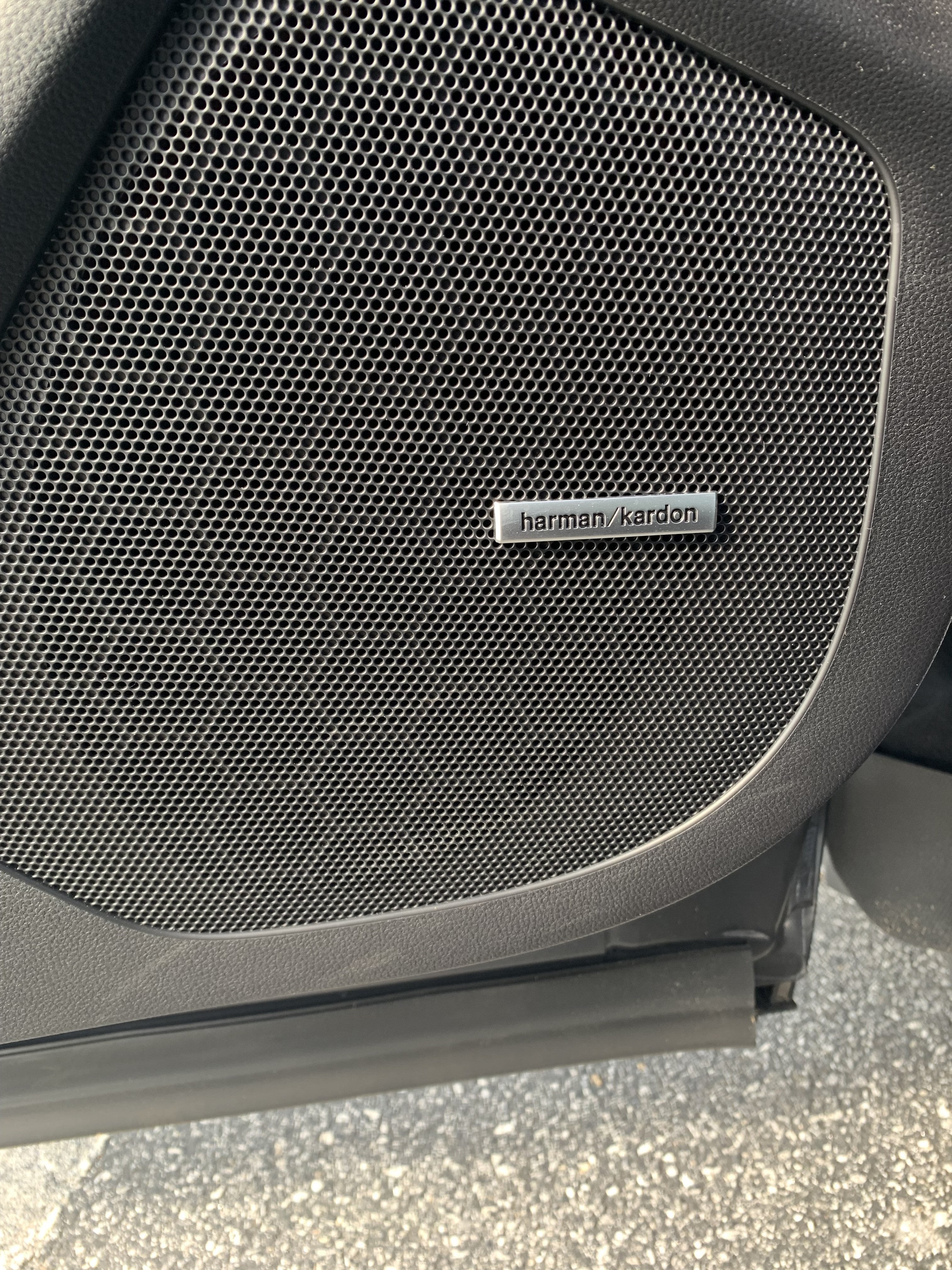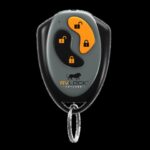It’s a common scenario for Subaru owners, especially those with 2020 models: you find yourself wondering why your key fob battery seems to drain faster than expected. Several factors can influence the lifespan of your Subaru key fob battery. Understanding these factors can not only save you from unexpected inconveniences but also help you optimize battery life. Let’s delve into the primary reasons behind Subaru key fob battery drain and what you can do about it.
One significant factor is the quality control of the CR2032 coin battery itself. Not all CR2032 batteries are manufactured to the same standards. Even within reputable brands, occasional faulty batteries can slip through. If you possess a battery tester, it’s a worthwhile step to check a new battery before installing it in your fob. This simple precaution could save you from future headaches. It’s also crucial to ensure your emergency key is functional. Regularly check that your manual key properly unlocks your door, as highlighted in discussions by Subaru Ascent owners. This ensures you’re not stranded should your fob become completely unresponsive. For those unfamiliar with starting their Subaru with a dead fob, resources like online videos can be incredibly helpful, although experiencing a dead fob can still be unsettling if you’re unprepared. When purchasing replacement batteries, opting for well-known brands like Energizer or Duracell generally ensures reasonable quality and consistency. For those seeking Panasonic batteries, be cautious about online purchases and aim for genuine products to avoid counterfeit issues.
Another common cause of rapid battery depletion is user behavior. Do you frequently press the lock/unlock buttons on your key fob, even when you’re not yet near the vehicle or after you’ve already walked away? This habit, often stemming from impatience or a sense of reassurance, significantly reduces battery life. A practical solution is to utilize Subaru’s touch-enabled locking and proximity unlocking features. These features minimize the need for button presses. If you find yourself compulsively checking your car’s lock status after leaving it, consider using the MySubaru/Starlink app to remotely confirm and control your vehicle, rather than repeatedly pressing buttons on your fob.
Furthermore, there’s considerable evidence suggesting that keeping your smart fob too close to your vehicle can lead to battery drain in both the car and the fob. When the fob is in close proximity, it can maintain constant communication with the vehicle, preventing both from entering a full “sleep” mode, thus consuming unnecessary power. To mitigate this, ensure you store your key fob far enough away from your vehicle when at home. Alternatively, consider using a Faraday cage or a valet box designed to block electromagnetic fields. Storing your fob in such a container when you’re at home can effectively prevent unwanted communication between the fob and your Subaru, preserving battery life for both.
In conclusion, understanding these key factors—battery quality, user habits, and fob proximity to the vehicle—is crucial for maximizing the battery life of your 2020 Subaru key fob. By being mindful of these aspects and implementing the suggested solutions, you can ensure your key fob remains reliably powered when you need it most.

